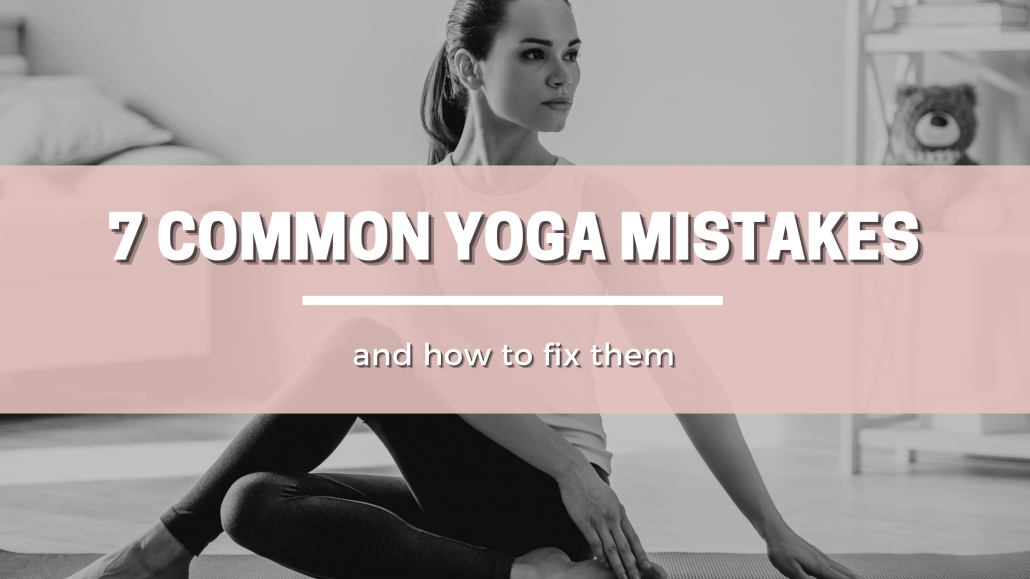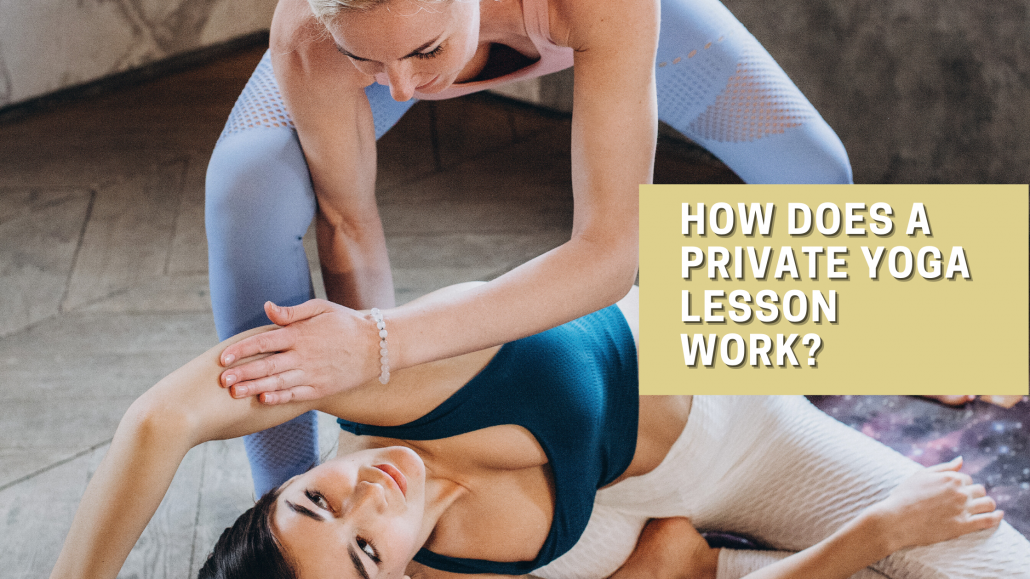Simplify Your Sleeping Pigeon
Pigeon pose was actually designed to be a back bend with a ton of variations to chose from. The west decided to add the sleeping variation which can be a bit of a love/hate relationship. It’s amazing for runners, cyclists, or anyone with tight hips. But the problem is that many of us don’t understand the proper alignment of the pigeon yoga pose, which can really compromise the safety of our knees and SI joint.
We’ll walk you through a few ways to modify this pose to make it the restorative wonder it’s meant to be – rather than the pose you endure with clenched teeth toward the end of your practice.
First, what is Sleeping Pigeon pose and why is it so beneficial?
Yoga treats stiff hips in many ways, but the most common is through a collection of poses known as hip openers. Sleeping Pigeon pose is an extremely effective hip opener that works your front leg into an external rotation, while stretching your psoas muscle (it connects your groin to your lumbar spine) in your back leg.
English please? It’s really, really, good to practice pigeon and yoga if you sit at a desk all day. And when you practice it consistently, you’ll notice significantly more ease in your lower body as you sit, walk, run and stand.
The problem is that many of us tend to thoughtlessly fold into Sleeping Pigeon, which dumps tons of stress onto our knees and sacrum. If you’re eager to improve upon this pose, read on yogis.
4 Tips for a More Pleasant Pigeon
Ease into the pose- Begin in Downward Facing Dog. Extend your right leg behind you, then bring the knee up to replace the right hand. You want a 45 degree angle from right hip to knee. More than likely, your shin is not parallel to the front of the mat (yet). With time and patience, you may get there. The heel will be close to the body and that’s A-OK. The top of your left foot is resting on the earth behind you with the toes reaching straight back to avoid sickling of the ankle. Gently melt your hips down to the ground. You want to avoid dumping all of your weight into the right side of the body.
You can choose to stay here or, for a more intense stretch, extend your arms and chest to the ground in front of you. To fully experience the pose, keep the spine long versus rounding.
Use core muscles to square your torso- Once you’re in the pose, be sure to keep your hips squared to the front of your mat. This isn’t a twisty pose, so do your best to keep both hips facing the front. How do you do this? Engage and activate your core muscle to shift your front hip back toward your extended leg.
Take up space- At this point, you may be able to descend a little deeper into the pose. With your hands planted firmly in front of you, try scooching your back leg further toward the back of your mat. With every inhale, back out of the fold a bit, seeing if you can gather just a smidge more length through your spine. Then you can take up even more space as you fold forward on your exhale.
Modify when needed- It’s always okay to utilize the props found in the studio! Slide a yoga block or rolled up towel under your hip (the bent one) for extra support. There’s nothing to be ashamed about – even the most flexible yogis have days where they need some added cushion to protect their bodies.
Finally, keep in mind that Sleeping Pigeon may not be your thing. No matter how many alignment refinements you make, this just may not be the pose for you. That’s totally fine, you guys. Ask your yoga instructor for some alternatives, such as sucirandhasana (thread the needle) or lying pigeon (where you’re on your back and pull your thigh toward you). It’s always okay to skip or modify a pose.





